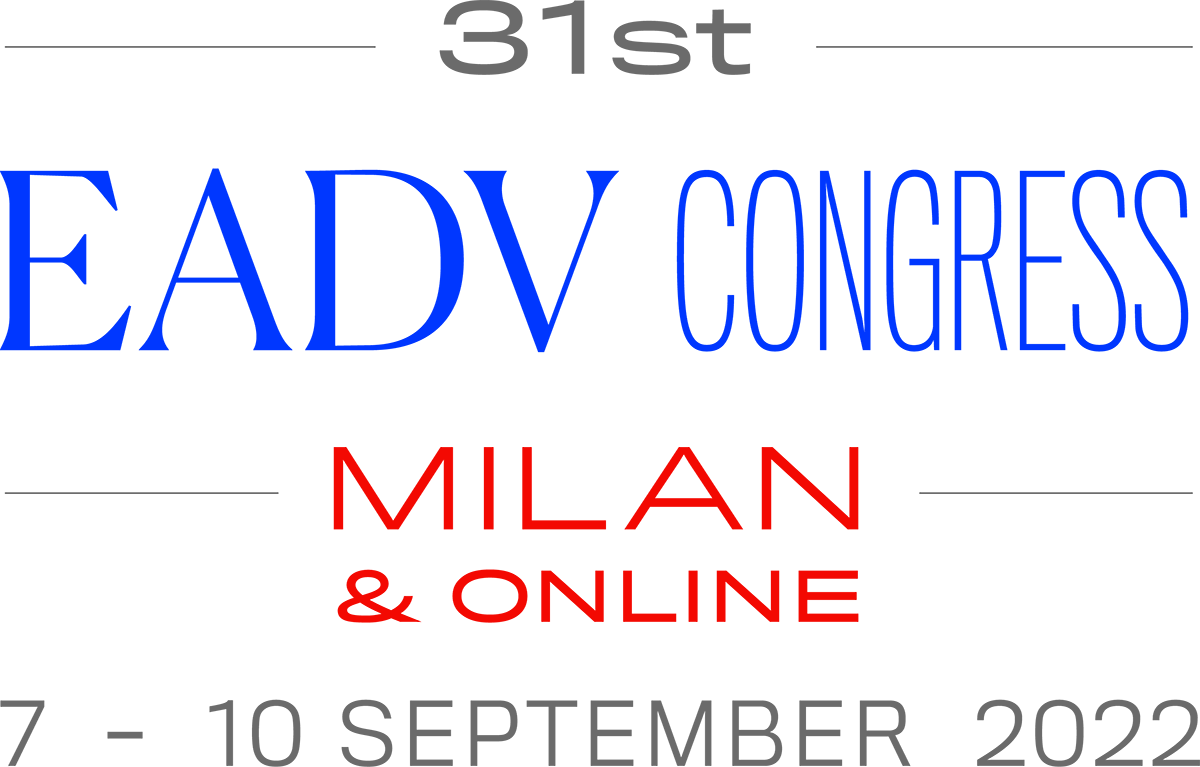dermoscopy

Naevus or melanoma of the nail apparatus – Aimilios Lallas (Greece)
Naevi and melanoma of the nail apparatus originate from matrix melanocytes; therefore, they are not directly visible since they are covered by the proximal part of the nail plate and the overlying skin.
The visible area is the linear pigmentation that originates from the proximal nail fold and expands linearly towards the distal edge of the nail plate. This is the so-called “melanonychia striata”. A pigmented nail band might also result from other causes, such as hemorrhage, reactive pigmentation after trauma or infection, lentigo of the nail, or systemic causes such as drugs, syndromes, or the ethnicity-based pigmentary trait.
Melanonychia striata involving more than one nail should be reasonably attributed to a systemic cause. When only one nail is involved, then it should correspond to either a melanocytic tumour of the nail matrix (melanocytic proliferation), a hemorrhage, or a local cause of melanocytic activation. Hemorrhages are usually easy to recognize because of the red color, the sharply demarcated borders and satellite blood spots. In general, brown-colored bands result from melanocytic tumours of the nail matrix, while melanocytic activation usually produces a gray-colored band.
Differentiating between naevus and melanoma of the nail matrix is challenging, since they both produce brown-colored nail bands. As a rule, naevi produce bands that are homogeneous in color and rarely cover more than half of the nail plate. In contrast, melanoma produces a band consisting of lines of variable thickness and coloration. In addition, a nail band resulting from a nail matrix melanoma will gradually enlarge and cover more than half of the nail plate and eventually the whole nail plate and periungual skin.
When the band is thicker at the proximal edge and thinner at the distal edge of the nail plate (triangular shape), this indicates that the underlying nail tumour is rapidly growing. This is expected in children but becomes more suspicious as the age increases.

Differences in the dermoscopy appearance between fair and dark skin types – Bengu Nisa Akay (Turkey)
There are many studies on dermatoscopy of fair skin types, but less than 1% of these publications include dermatoscopy of the skin of color. However, we know that the same condition may have different dermatoscopic findings according to the patient’s skin type. Skin color is determined by melanin in combination with oxyhemoglobin, reduced hemoglobin, and carotenoids. Variation in skin color among individuals and ethnic groups is related to the number, distribution, and degree of melanization of melanosomes. Pigmentary disorders occur as a result of abnormal distribution, dysfunction, or destruction of melanocytes. In skin of color, the darker background and some specific reaction patterns (such as pigment lability) are much more prominent. All these differences may lead to dermatoscopic differences.

Dermoscopy in paediatric dermatology – Vincenzo Piccolo (Italy)
Dermoscopy is a non-invasive diagnostic technique often used beside clinical examination in daily practice. Because of its easy, fast and painless application, it sees particular use in children.
Over the years, a large number of cutaneous diseases, ranging from skin tumours to inflammatory and infectious diseases, benefitted from the use of dermoscopy. Apart from its biopsy-sparing role in childhood, dermoscopy in pediatric dermatology is also important to orientate provisional diagnosis or to allow early diagnosis of uncommon diseases.
The aim of this presentation is to provide a practical overview of the most common uses of dermoscopy in children, in addition to scientific insights into novel applications.
EXPLORE THE FULL PROGRAMME

KEEP IN TOUCH
Stay informed about latest EADV information.
Congresses, Education, JEADV, Membership, Newsletter...
YES, KEEP ME INFORMED
EADV
European Academy
of Dermatology and Venereology
HQ:
Via S. Balestra 22B
6900 Lugano Switzerland
+41 91 973 45 20
congress@eadv.org
Privacy Policy
Copyright 2022 EADV
Terms of Use
Only trust information from our official website: eadv.org
